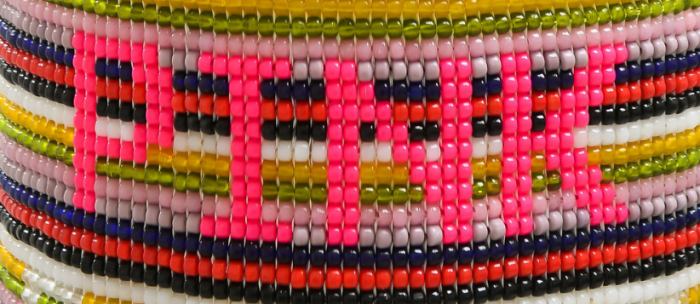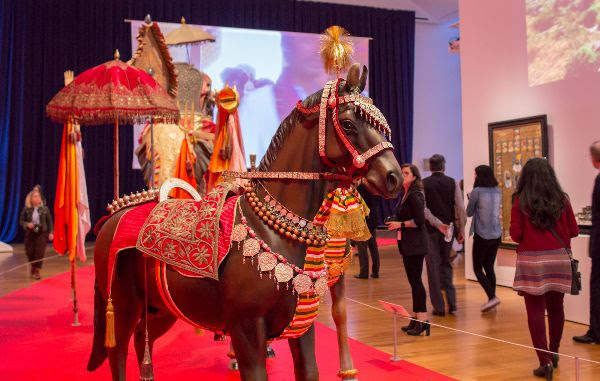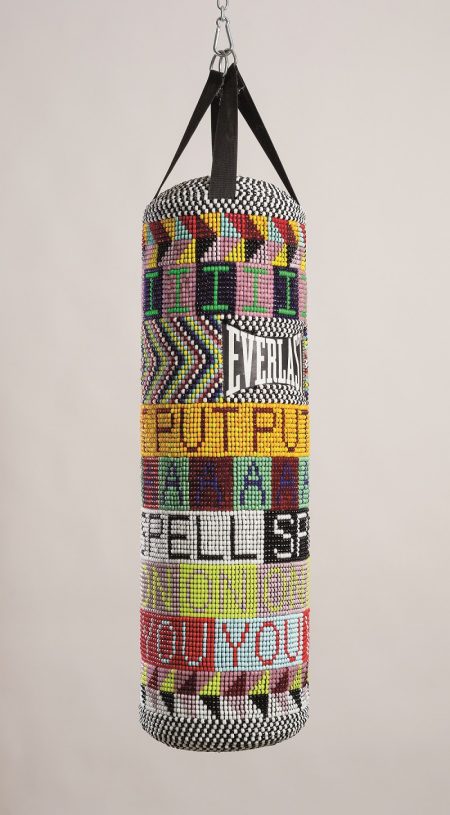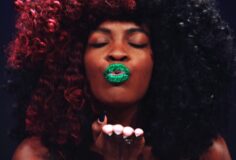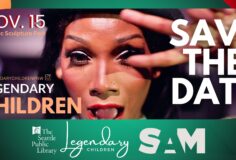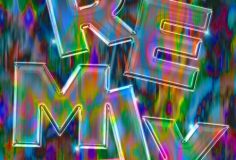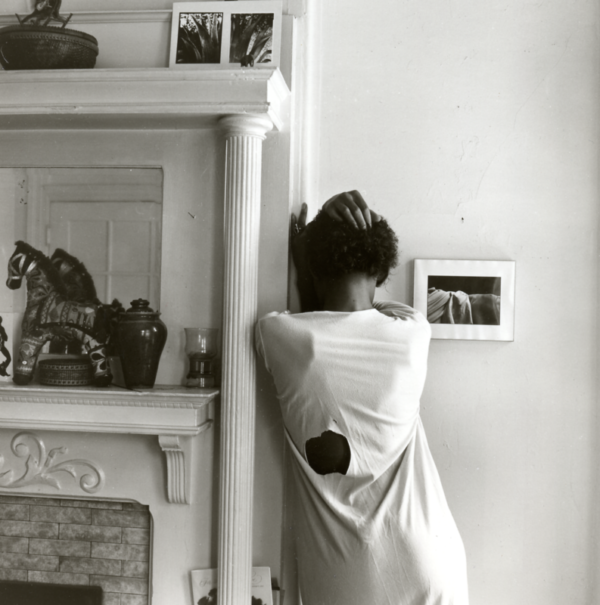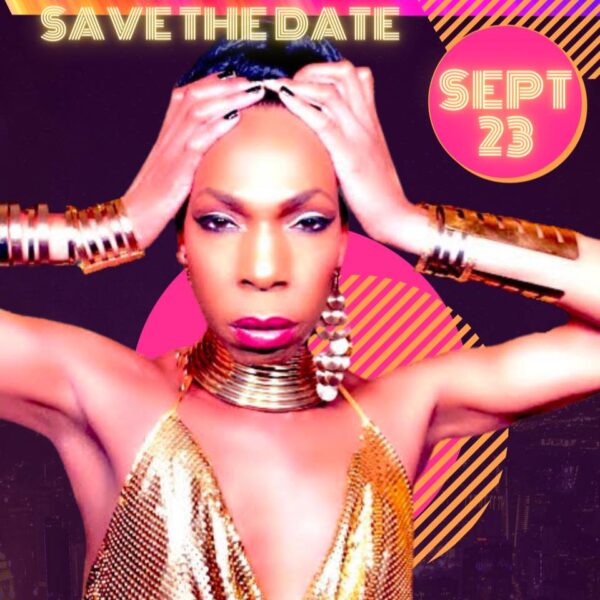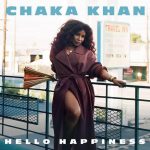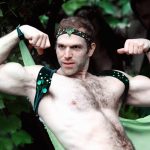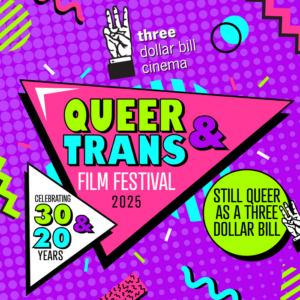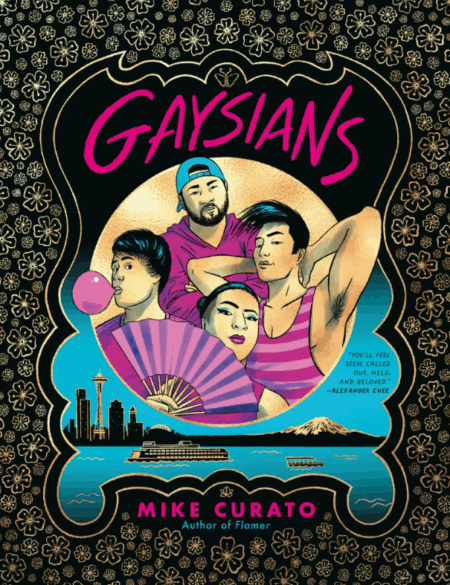The bell is tolling for Seattle Art Museums’s Peacock in the Desert: The Royal Arts of Jodhpur, India which is in its last week and closes on January 21st giving you the MLK holiday weekend to see this gorgeous exploration of five centuries of art from India.
More info including a ticket deal:
We hate to say goodbye, but Peacock in the Desert: The Royal Arts of Jodhpur, India is in its final week! Get in here for this expansive exhibition of art from India that spans two floors of the museum and features five centuries of magnificent art, much of which has never been on display outside the palace these works are visiting from! Vibrant paintings, intricate furnishings, fine jewelry, and decorated arms and armor—enter a kingdom of art when you see Peacock in the Desert at SAM.
Don’t forget, you can get 50% off ticket prices when you purchase two tickets for the price of one now through the end of the exhibition. Just enter promo code 2For1Peacock at checkout when you purchase tickets online!
GET TICKETS
But, the closing of one big exhibit means another is on its way and SAM will debut its next major exhibition Jeffrey Gibson: Like a Hammer on February 28, 2019. Gibson is an acclaimed contemporary artist of Cherokee Choctaw heritage who draws on a wide range of diverse influences that not surprisingly includes indigenous cultural themes but also draws on pop culture and his life as an out queer artist which includes time as a “club kid” in the 90s. Native American beading techniques are used in the artists work but so are lyrics from Nina Simone and Culture Club songs.
More on the upcoming exhibit:
SEATTLE, WA – The Seattle Art Museum presents Jeffrey Gibson: Like a Hammer (February 28–May 12, 2019), a major survey of works from 2011 to the present that reflects the artist’s deepening exploration of his Indigenous heritage, legacies of abstraction, and popular and alternative cultures. Organized by the Denver Art Museum, the exhibition features over 65 works produced during a pivotal time in the Gibson’s career, including abstract geometric paintings on rawhide and canvas, beaded punching bags, sculptures, wall hangings, and video. Reflecting the complexity of modern identity, Gibson’s work envisions a more inclusive future.
A contemporary artist of Cherokee heritage and a citizen of the Mississippi Band of Choctaw Indians, Gibson grew up in the US and urban centers in Europe and South Korea. As a young adult, he was involved in queer club culture and interested in popular music, fashion, and design. These experiences inform his vision of exuberant hybridity, in which glass beads, metal jingles, ribbons, song lyrics, and abstract geometric patterns come together. Gibson’s use of materials and references that resonate in modern and contemporary Western art, as well as Indigenous and ancient cultures, establishes a unique visual vocabulary that gives rise to new possibilities and points of connection.
ABOUT THE EXHIBITION
A highlight of the exhibition is 15 punching bags, most of which are from the Everlast series that marked an artistic breakthrough for Gibson. Intricately adorned in beads, fringe, and jingles, and often incorporating text, the punching bags shift gender associations between the masculine and the feminine. They also prompt reflection about the history of violence against Indigenous cultures and signal a call for resilience and perseverance. Like a Hammer also features IF I RULED THE WORLD (2018), which was recently acquired by the Seattle Art Museum for its permanent collection.
Language plays an important role in Gibson’s work, with lines from pop songs and other sources adorning vibrant woven and patterned wall hangings and punching bags. Taken from such diverse sources as James Baldwin, Pete Seeger, Culture Club, and Public Enemy, among others, the phrases take on multiple meanings and speak to resistance, reclamation, and celebration.
Like a Hammer features many of Gibson’s abstract geometric paintings on canvas and rawhide, in which he explores pattern, light, and color, prompting the viewer to see abstraction through the lens of Indigeneity. Also on view are midsize and large figurative sculptures. The colorful “club kid” figures are inspired by his experiences in the queer club scenes of South Korea, London, and New York in the 1980s and ’90s and connect to his interest in performance, theatricality, and communal experiences. By contrast, his “ancestor” figures are draped with elaborately ornamented cloaks and topped with clay heads reminiscent of skulls or ancient Mississippian culture effigy heads. While visually fierce, these works are seen by the artist as teachers and culture-bearers.
One gallery is dedicated to the West Coast debut of DON’T MAKE ME OVER, a multimedia installation consisting of cascades of diaphanous rainbow-colored curtains embedded with lyrics from Burt Bacharach’s 1962 song about love and acceptance, made legendary by Dionne Warwick. The curtains encircle an oversized garment adorned with bells and jingles, and a nearby projection plays a video of Gibson wearing the garment, chanting and drumming as he moves within the enclosed curtained space. A series of irregularly shaped diptych paintings on rawhide complete this installation.
At the end of the exhibition is a reading room, where visitors can reflect and read books—including selections for children and young adults—related to the topics explored in Gibson’s work, such as history, politics, culture, and music.
“Jeffrey Gibson’s art is fearless yet playful. His wide-ranging mind transforms myriad influences into provocative work that defies categorization,” says Barbara Brotherton, Curator of Native American Art. “With Gibson, more is more,” adds Catharina Manchanda, Jon & Mary Shirley Curator of Modern & Contemporary Art. “His work is visually and conceptually exhilarating, full of nuance and complexity. Be prepared for a mind-altering experience.”


